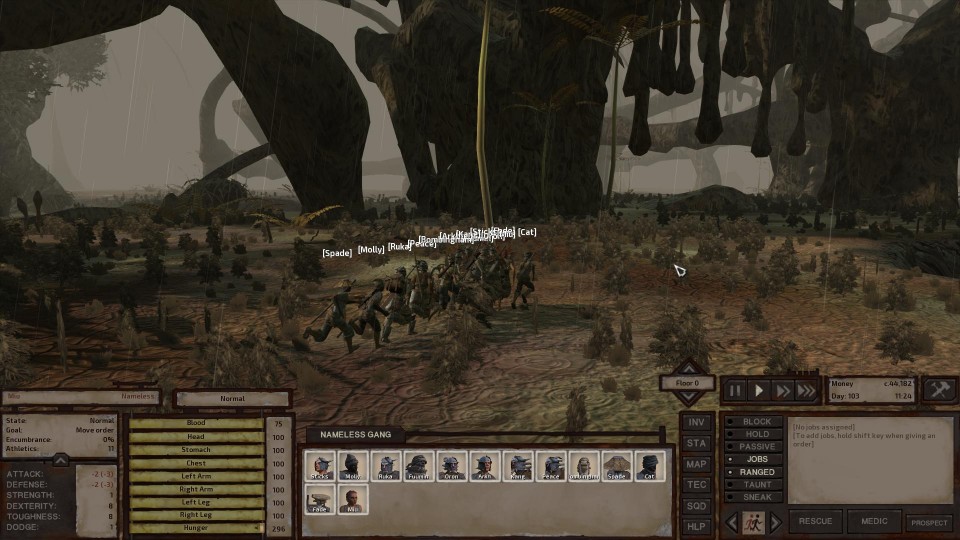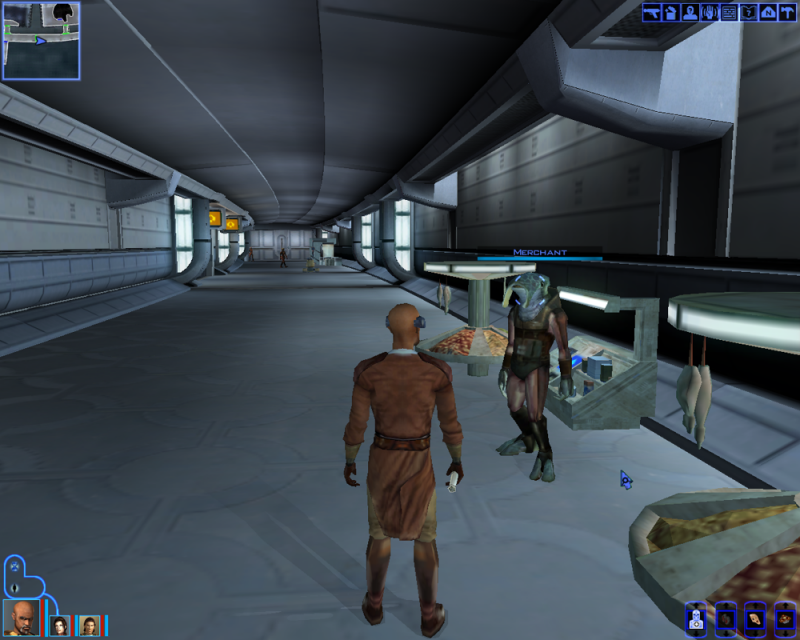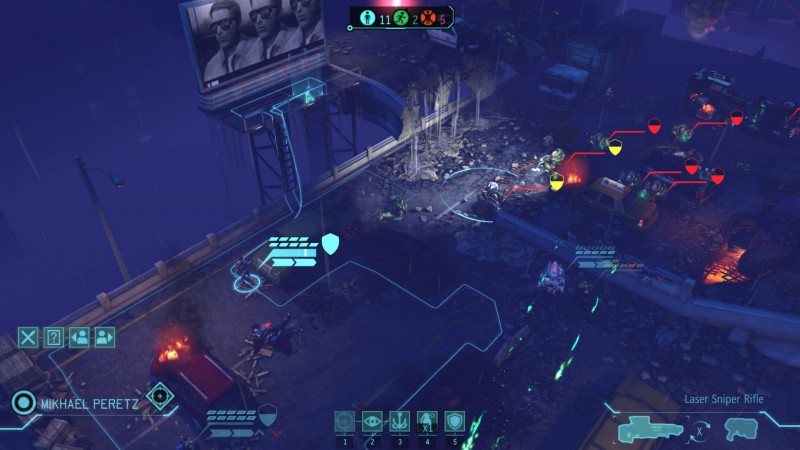Do I finally have a game concept?
As anyone who had the patience to follow the progress on my videogame concept to this point should be aware of, I've been plagued by a complete indecision between making it a top-down, party-based RPG or a first-person open-world game from the day that I concluded that a 2D sprite game is definitely off the table.
The main argument against a top-down game has always been that the aesthetics of my fantasy and space opera worldbuilding really call for gorgeous landscape views, unreasonably big trees and towers, and views of exotic and alien skies. Which you just don't get when you always hover above the characters and look down at the ground. A first-person game is perfectly suited for such views. But with the ability to push the camera right up to every object in the environment, you have to have much more detail to accomplish the same feeling and appearance of realism, compared to a camera that is 10 meters way. And I also feel that in a non-linear first-person game, where players have freedom to roam around the game world, wilderness environments really only work as open-worlds. If you have smaller areas, players will constantly run into the edges of the map. And there are only so many cliffs and impenetrable rows of dense underbrush you can use before it destroys the illusion of being in a natural environment. While I think I would be able to learn the skills to create an open-world with a sufficiently high level of detail, the time scale for such an undertaking has me seriously doubt my chances of ever completing such a game. And even if I did, I would be stuck working on the same game idea for 10-15 years. And I already have plenty of never realized ideas from my pen and paper RPG days that I think would make for great videogames too.
One option that I had considered that would somewhat address both these problems is to have a camera setup like in Kenshi. You can control a party of characters top down style, and you also get very nice looks of the environment. But Kenshi is a game that takes place entirely outdoors in a desert. Going into buildings never looks good. Dungeons are just not possible. And while the swamp is visually very impressive, I don't think this camera would work in a game dominated by forest.

But I think I finally found a solution that would fix all the major problems I have with the approaches I outlined above. The default control scheme to move around and interact with the environment (let's call it exploration mode for simplicity) is very much like in Knights of the Old Republic, Mass Effect, or Dragon Age. The camera follows the selected character some 5 meters behind with an almost horizontal angle. I think this really give you a pretty good sense of being in the environment and allowing for nice landscape views from hills and buildings. And it works well with a party of characters instead of only one.

However, when the game switches into combat mode, the camera transitions into a top-down view for turn-based combat. Which then looks similar to X-Com or Warhammer 40k games.

This would fix all my problems. I think from a technical perspective, this might be a bit more complicated to implement than either a simple top-down, real-time with pause RPG or a first-person open-world game. But it feels absolutely right for what I want to do. There might be more work required to code all the mechanics, but I think that additional upfront work will be totally worth it in the long run. This is what I will need to deal with to make my game ideas work.
And a great thing about this approach is that it's a good fit for all the campaign ideas I have in the drawer. My Space Opera, 90s Post-Apocalypse, and Cyberpunk story ideas, and my other Sword & Sorcery story idea could all be made into games using the same mechanics and code and requiring only a reskinning of the assets. And this would allow me to create new stories in new worlds in maybe 3 or 4 years instead of being committed to a single idea for a decade or more that then might not even work out as I hoped. This is a huge argument for pursuing this path further.

Comments